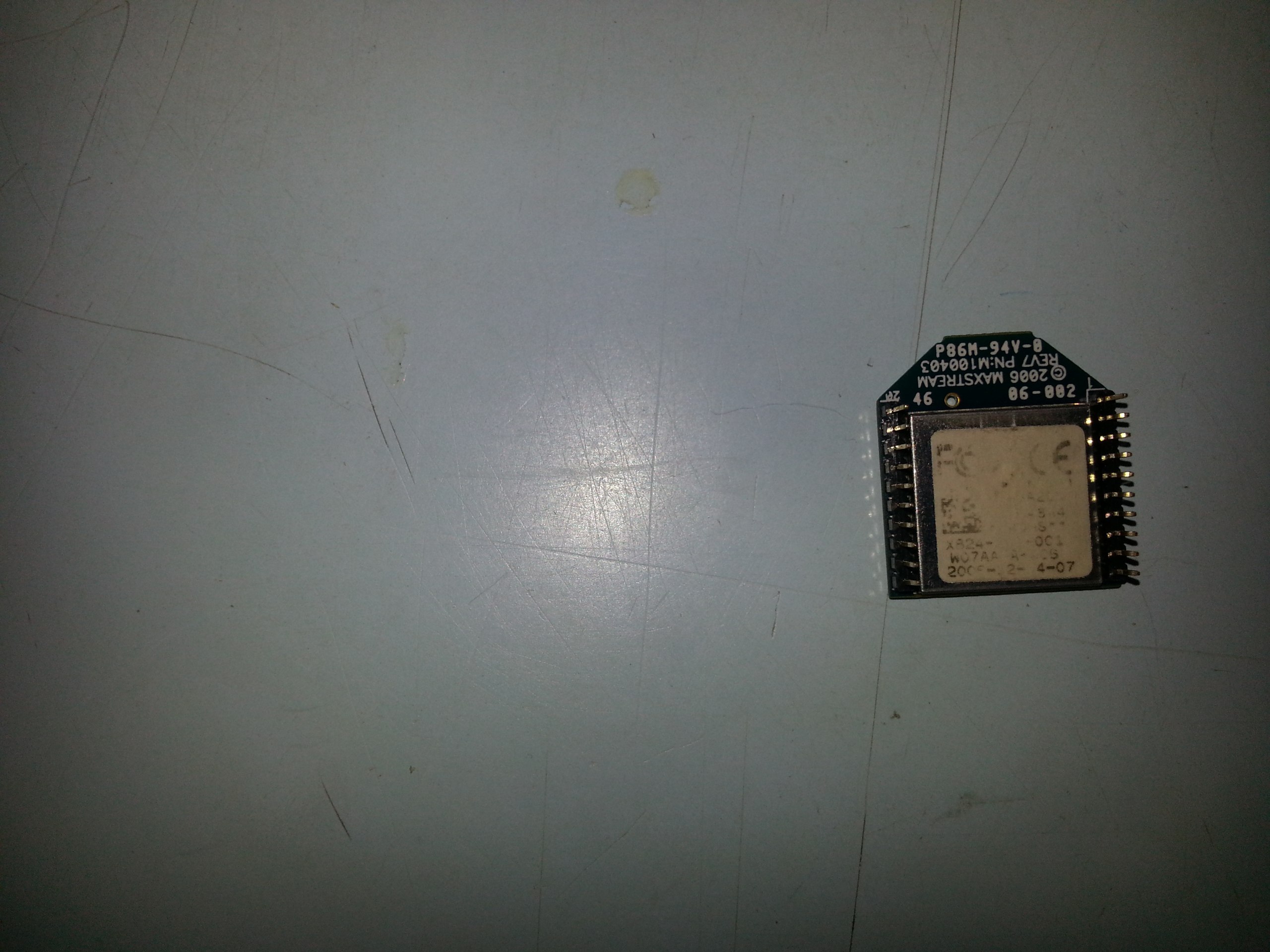Answer the question
In order to leave comments, you need to log in
How to interact with XBee modules?
They brought me such a module at work, asking me to understand how to work with them. 

A bunch of these had been bought by them a long time ago and they were just lying on the table. There is no documentation for them, as well as boards where they can be inserted. Thanks to Google, I realized that I have XBee RF Modules. I also realized that for their programming I need to have:
1) Developer's board from digi. found in a chip and dip for 30,000 with a month's delivery waiting. Doesn't fit at all.
2) Arduino Shield boards. They are not expensive, but there are no Arduino boards themselves. And I don't know how to use Arduino. I didn't even see him with my eyes. And as I understand it, all interaction will be through the percentage of this board.
3) Then there are various USB boards:
3.1) Grove - XBee CarrierHere I misunderstood something about how I should address the board.
3.2) XBee-USB adapter Here I can use X-CTU to work with the board
3.3) XBee Shield v5 USB Here I also didn’t understand what to do with it
. flies there. Further, others will already be thinking about developing a board for XBee.
I really want to know how to connect it to a regular PC. If you know of any other similar small modules for data transmission, then I will not mind learning about them. Maybe we'll choose those.
Answer the question
In order to leave comments, you need to log in
To connect to a regular PC and communicate in terminals (via a virtual COM port), two 3.2 boards are sufficient (one per transceiver). Through this board, you will update the firmware and configure the device. To interact with the controller, two legs (TX / RX) are enough, but you can use the rest (interruptions, PWM receive power, etc. - the meaning of the legs is described in the datasheets). Do not forget that these devices are powered and work with logic on 3V3. Therefore, for arduino, either adapters or 3.3 volt versions are needed. Shields are only concerned with matching voltages. Since the boards communicate via UART, it will be busy for ordinary arduins. For debugging, I recommend using versions on Atmega32U4 - with hardware USB. For example: DFRobot Leonardo. When communicating with a computer, the hardware UART is not involved and there are no intermediaries in the form of FT232RL
Here , everything is described in some detail about the interaction of the controller and xbee. Just do not forget, if you use an arduino with hardware USB, you need to change Serial to Serial1, since just Serial is a virtual USB com port. And if you use it without hardware USB, xbee needs to be removed when filling, otherwise problems may occur (you will get a parallel connection to FT232RL and Atmega and Xbee)
Didn't find what you were looking for?
Ask your questionAsk a Question
731 491 924 answers to any question